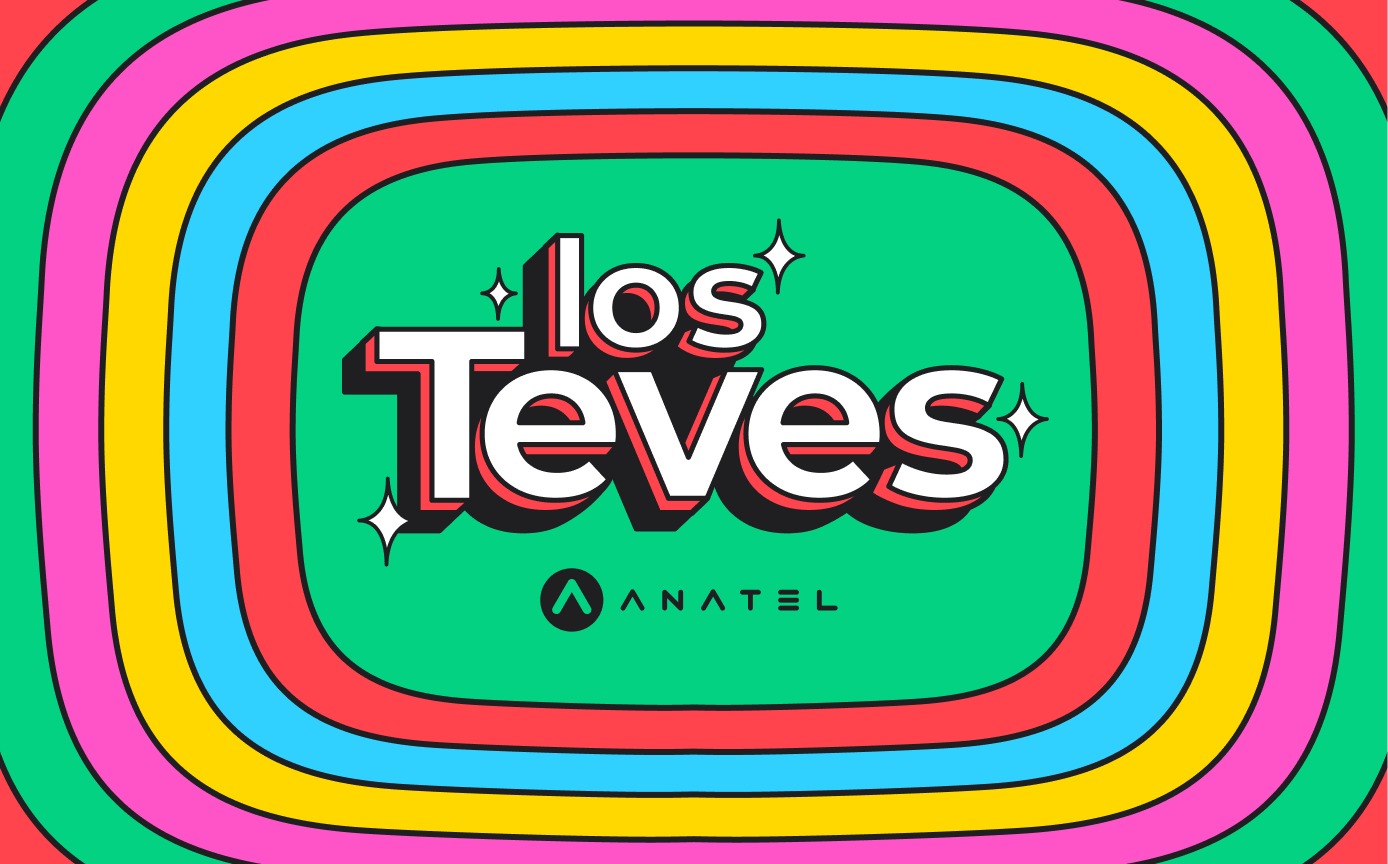Build brands that
stand outand__connect__with
consumers
consumers
Everything from graphic design, brand identity and video production to brand
architecture and web design. All done in our inimitable Pink Dog way.

In-Store
We make the in-store retail experience truly memorable for retailers and consumers alike, with visually appealing retail spaces, optimised layouts that amplify products, and in-store technology that communicates seamlessly with ecommerce systems.
What
we do
we do
We partner with retailers to create brands that work seamlessly across in-store and online environments.

Online
We create and optimise online Ecommerce sites through great website design and development, SEO and content.We help retailers grow their social media audience by optimising profiles and creating engaging content utilising influencer marketing and paid advertising.
Case Studies
See how we help out clients, with their unique challenges.
Book a FREE
BRAND CONSULTATION!
BRAND CONSULTATION!

Contact



















Camila Labra
Fluoresencia
“I love everything that the Pink Dog team is capable of achieving, they add value from the design in every detail, I received great advice on how to build a brand with professionalism...”
5.0/5.0 rating